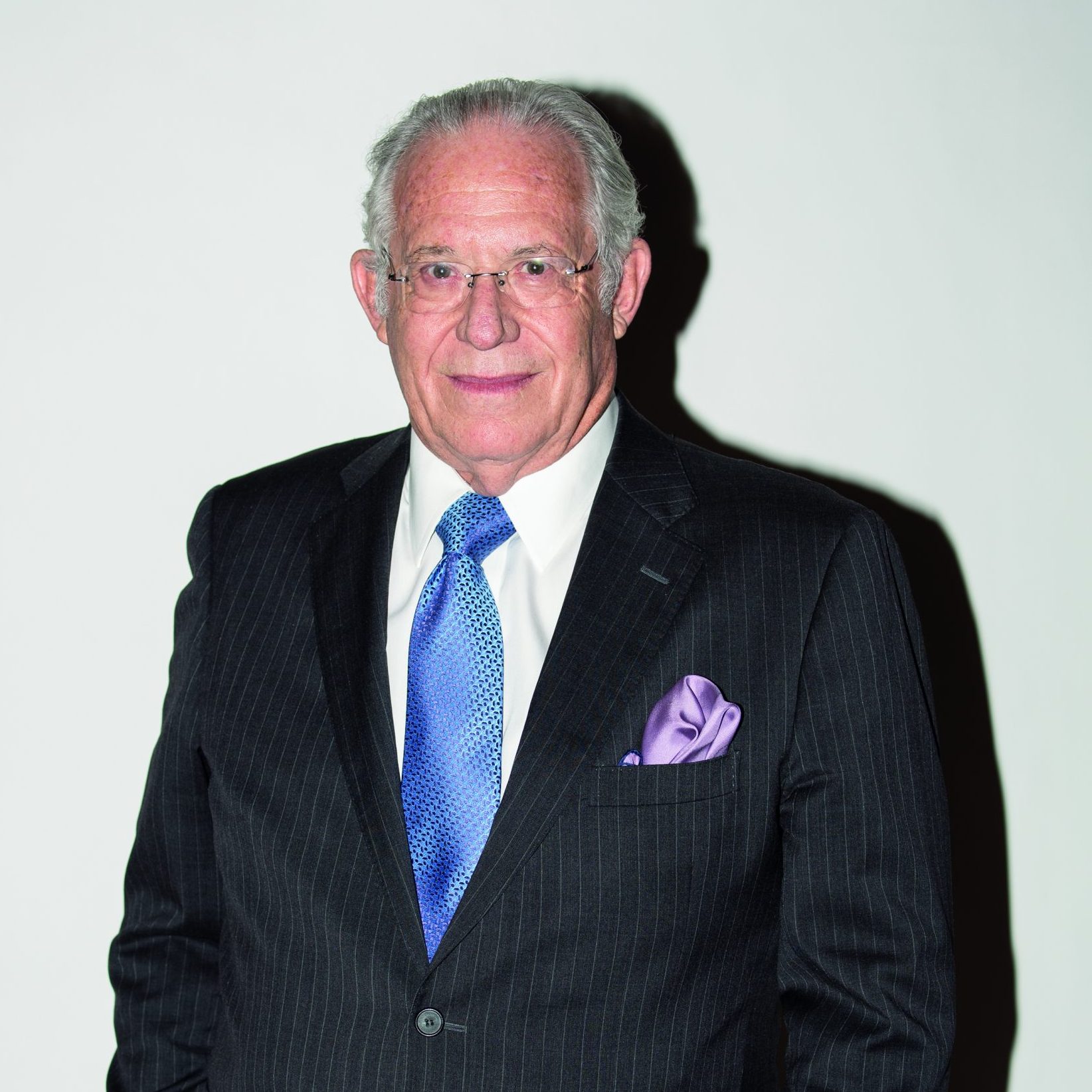
AI-generated summary
Understanding population pyramids is essential to grasping urban life dynamics, explains Chris Luebkeman, director of Global Foresight at Arup. In Europe, the workforce is shrinking as the baby boom generation retires, increasing the social spending burden on active workers to support an aging population. The EU’s average age is now 42.6 years and climbing. In contrast, the US maintains a younger demographic thanks to higher birth rates and immigration. Africa, with the world’s youngest population, is growing rapidly, expected to account for half of global population growth by 2050, followed by Asia. This demographic divergence highlights the critical need for managing immigration and adapting urban policies to future population shifts.
Aging populations also pose challenges to healthcare and urban design. William Haseltine of Access Health International criticizes current healthcare models as unsustainable, advocating for high-quality, distributed healthcare enabled by technology. He emphasizes community care models where younger generations support the elderly, as seen in Hong Kong. Additionally, experts like Jody Holtzman and Bruno Fernández-Ruiz stress that cities must explicitly address aging through infrastructure that promotes elderly socialization, accessible transport, and physical activity to enhance health and wellbeing. These demographic and health trends present both challenges and opportunities for policymakers and private sectors to innovate urban living for an aging society.
Although it differs by the location of the cities, the profile of citizens will be increasingly long-lived, which requires modulating the health system.
“To understand life in cities you have to understand the population pyramids,” says Chris Luebkeman , director of Global Foresight at Arup.
In Europe, there will be fewer and fewer people of working age and more retirees, which is being contributed to by the progressive withdrawal from the labour market of the baby boom generation of the post-war period. “This, in turn, will mean an increase in the social spending burden of people of working age to meet the service needs of an ageing population.” alerts the Eurostat. The average age in the EU is now 42.6 years, and rising.
The US is not in the same situation: the higher birth rate compared to Europe compensates for the aging of a significant part of its population. There are more young people, partly thanks to immigration, and it is expected to remain so for years.
Africa is at the antipodes of this portrait: it has the youngest population on the planet, which ensures that it continues to grow at a very high rate. It is predicted, in fact, that half of the population growth until 2050 (about 1.25 billion people) will take place on the African continent. Asia will be, with 900 million, the second region of the world that will contribute more human beings until 2050.
The contrast between Africa and Asia, on the one hand, and Europe (and, to a lesser extent, North America), on the other, is evident. Properly managing immigration flows will be key to the survival of the system. Although there are more factors to observe. “The aging of the population will make it increasingly important to have intelligent citizens, who are able to handle the technologies that are emerging,” says Jaime Rodríguez, former general director of Blablacar for Spain, Portugal and Germany.
Ageing, health and the cities
This reflection has to do with the healthcare model of the health system, which will be greatly demanded as the population gains age.
“Why is the health system organized so inefficiently? How are we going to tackle the demographic changes that are coming our way?” asks William Haseltine, president of Access Health International.
“The care model does not work, it will not be able to sustain itself with the aging of the population. Information technologies allow us to develop high quality and distributed healthcare. We need to design communities in which young people take care of the elderly, as is already happening in Hong Kong,” he continues, pointing out the solutions.
In the following video, William Haseltine gives us his vision of how to make health more efficient in cities:
“The aging of the urban population implies challenges and opportunities for the authorities and the private sector,” concludes Jody Holtzman, founder and managing partner of longevity venture advisors LLC. “But the issue has to be explicitly tackled to make sure that the future design of cities effectively benefits from this process,” he adds.
Health is undoubtedly one of the hot spots of adaptation to an older society. “It also implies new needs in terms of transport, promoting the socialization of the elderly and encouraging exercise to improve the physical and mental health of the population,” suggests Bruno Fernández-Ruiz, co-founder and CTO of Nexar.

President at ACCESS Health International
